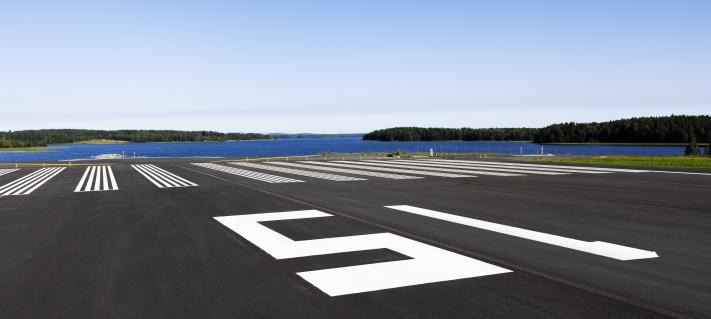In Finland, air transport is still viewed as a separate mode of transport based on the existing airport network. However, the most important drivers of development work should be customer needs, accessibility and a transport system that is sustainable in terms of the economy and the climate.
Instead of modernising, our transport policy seems to be guided by a desire to preserve, and accessibility is being built on the foundation of existing airports.
These airports were built mainly in the early decades of the 20th century, when people’s needs and the world were very different. For this reason, Finavia currently has 20 airports, many of which are located close to each other and close to good rail connections.
This is despite the fact that there was a significant change in the demand for Finnish transport services at the beginning of the 2000s, when domestic air travel began to decrease at small airports. People moved to large regional centres at an accelerating rate and mobility needs changed. At the same time, rail and bus transport began to develop significantly.
The focus of the development of the transport system should be shifted to how mobility can be handled sensibly and appropriately. Good connectivity in the regions can be maintained in many ways, of which flying is one. The approach should be transport mode neutral.
Finland should provide financial support for the development of smooth trip chains. The costs would be only a fraction of the costs of public PSO support paid to airlines and flying nearly empty aircraft.
The amount needed could be about EUR 2–3 million. This would be a concrete measure that would help us reach the emission reduction targets for transport and ensure the long-term accessibility of Finland’s regions.
Read more
Jani Jolkkonen’s Commentary: Funding flights with public subsidies is expensive and causes emissions
This article was first published on June 16, 2022.



